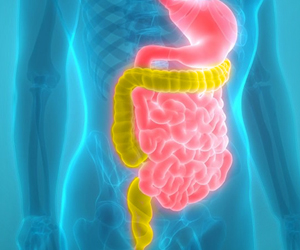Pre-packed sandwiches bought from shops contain as much salt as seven bags of crisps. Many a times it has more salt than an adult’s daily dose requirement.
The survey was conducted by the Consensus Action on Salt and Health (CASH), an alliance of doctors and scientists that lobbies the food industry to use less salt. They surveyed 140 readymade sandwiches made for BBC and found that a total of 40% of sandwiches tested had 2g or more of salt, or a third of an adult's recommended daily requirement. It is as same as in a big Mac burger. The maximum daily salt consumption recommended by the Department of Health and Food Standards Agency is 6g for adults.The 'All Day Breakfast' variety were the worst offenders of which the Asda’s Extra Special Yorkshire Ham and Hawkes Wensleydale, which was found to contain 4g, or 65 per cent of the recommended daily salt intake. Pret a Manger’s All Day Breakfast, with 3.54g, was next on the list followed by Tesco’s Finest All Day Breakfast, Morrisons’ Chicken and Bacon, Sainsbury’s Taste the Difference Brunch and Waitrose’s Sausage, Egg and Bacon, all with 3.5g of salt.
Cash noted that a regular bag of Walkers Ready Salted Crisps contains 0.5g of salt, so the saltiest sandwiches contain the equivalent of seven bags of crisps.
The sandwiches with the least salt were Co-op's Healthy Living Tuna and Cucumber and Tesco's Healthy Living Chicken Salad.
CASH said its research would help consumers make a healthy choice. 'Many of us buy a sandwich for our lunch most days of the week, but we need to know how much salt is in those sandwiches,' said CASH's Carrie Bolt. 'Choosing a high-salt version may take us over the daily limit of salt and could affect our long-term health.'
The British Sandwich Association was critical of the findings and said that the study was misleading. They also said that they were working to reduce the level of salt in the sandwiches.
Advertisement
Cash’s nutritionist, Jo Butten, said that a sandwich was often the main constituent of one of three meals in the day, and so that fact that it contained a third of the recommended daily intake of salt was not necessarily a problem.
Advertisement
CASH claims that if the nation reduced its average salt intake to the recommended maximum, it would prevent 70,000 heart attacks and strokes a year.
The health risks claims have been challenged by the Salt Manufacturers Association .They insist that a certain level of salt is needed for the body to function properly. Salt is also used as a preservative to preserve the food.
Earlier this year the Food Standards Agency listed sandwiches alongside ready meals, pasta sauce, and pizza among some of the biggest sources of “hidden” salt.
Source-Medindia
BIN/M






